Top Trends in Product Photography
When people think of product photography, they often imagine something simple: an object on a seamless white background. But simplicity, as every experienced photographer knows, is deceptive.
Today’s e-commerce demands more than just technically correct shots. Brands expect precision and personality, even in the most minimal setups. From advanced lighting techniques to post-production consistency across massive SKU lists, product-only photography is becoming more sophisticated and strategic.
In this article, we’ll explore the top trends shaping this essential genre and how you, as a commercial photographer, can evolve your work to meet higher creative, technical, and client expectations.

1.Off-White Backgrounds for Product Photography Focus
White is still the industry standard, especially for marketplaces like Amazon and Walmart. But when it comes to DTC websites and brand-owned channels, plain white is losing ground to something more strategic: custom-colored backgrounds.
These aren’t wild colors or gradients. We're talking subtle, calculated tones, blush pink, sand beige, cool gray, soft sage that align with a brand’s identity without stealing attention from the product.
Why this trend works:
Neutral color backgrounds add emotion and context without clutter. They can make the product pop, evoke seasonal vibes, or simply offer visual differentiation from competitors, all sticking to the same stark white.
Real-world example:
Skincare brand The Ordinary shifted from pure white to pale neutrals to soften their minimalist aesthetic. DTC darling Glossier uses signature blush backgrounds to extend its brand DNA into every photo.
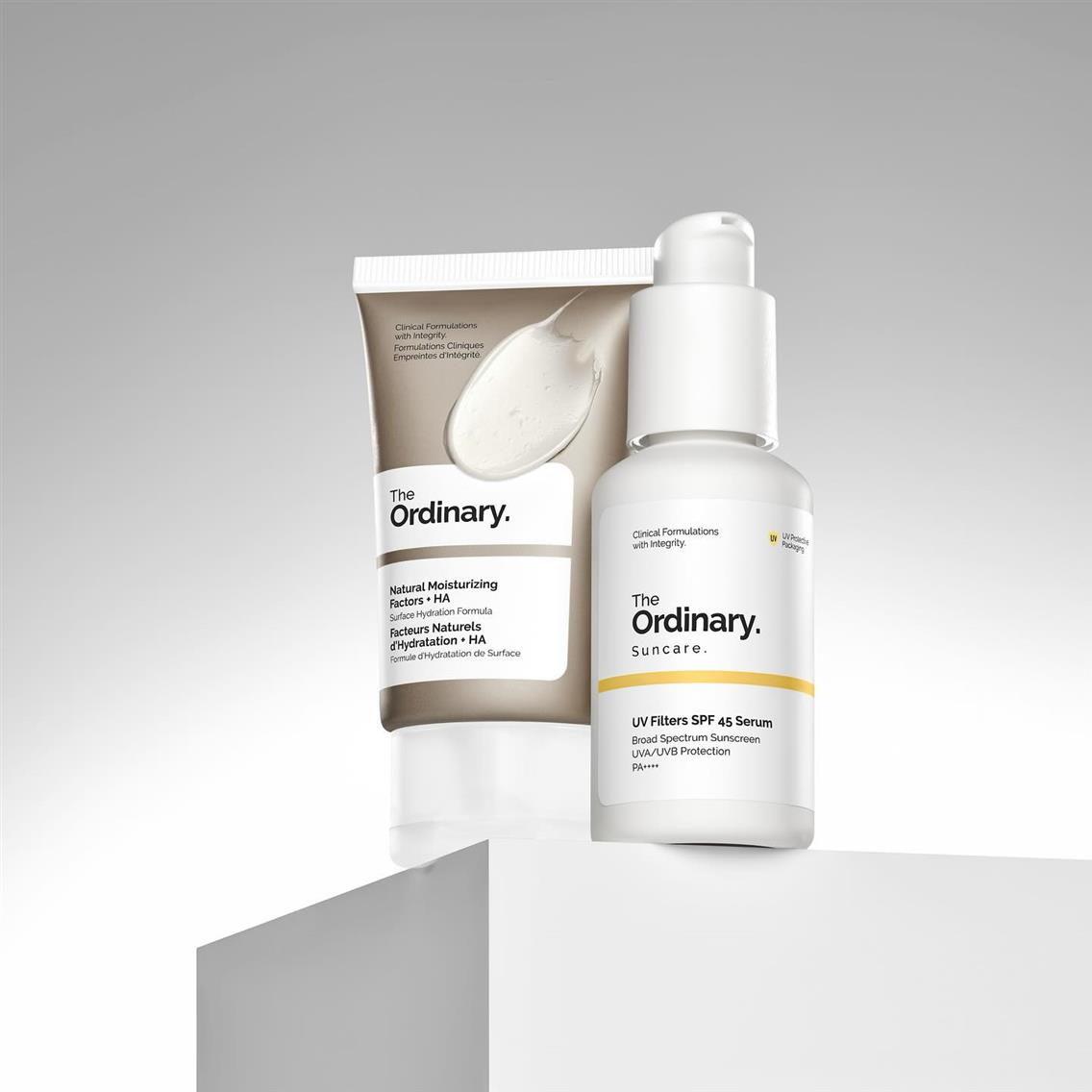

Shooting different products against colored backdrops introduces a new variable: color calibration. It’s not enough to just nail exposure; the hue behind a product needs to be consistent across dozens (or hundreds) of SKUs.
Whether you’re shooting 10 lipsticks or 500 supplement bottles, LenFlash ensures exact color harmony across your entire product line. Our color-correction and background standardization services make sure your "almost-white" is always the same "almost-white."
2.Open Light Photography with Natural Ambience
While white and subtle colored backgrounds serve important roles, there’s a growing movement toward open light photography. This style embraces open, vivid lighting to create a more authentic and inviting product presentation. Unlike too soft studio lights or pure white backdrops, open light setups use defined shadows and vivid tones to add depth and dimension without overwhelming the product.
Open light backgrounds often feature light, airy environments with soft gradients or very light textures that feel organic rather than clinical. This approach helps products feel tangible and relatable, inviting customers to imagine the item in real-life settings rather than just on a flat surface. Why open light works so well:
- It enhances the product’s true colors and textures with subtle, flattering shadows.
- It creates a warm, approachable mood that resonates especially well in lifestyle and premium brand contexts.
- It offers flexibility to showcase a product’s details while maintaining a clean, modern aesthetic.
- It stands out from the sea of stark white images, helping brands carve a unique visual identity.
LenFlash studio is a leader in open light photography techniques. Look through our portfolio:
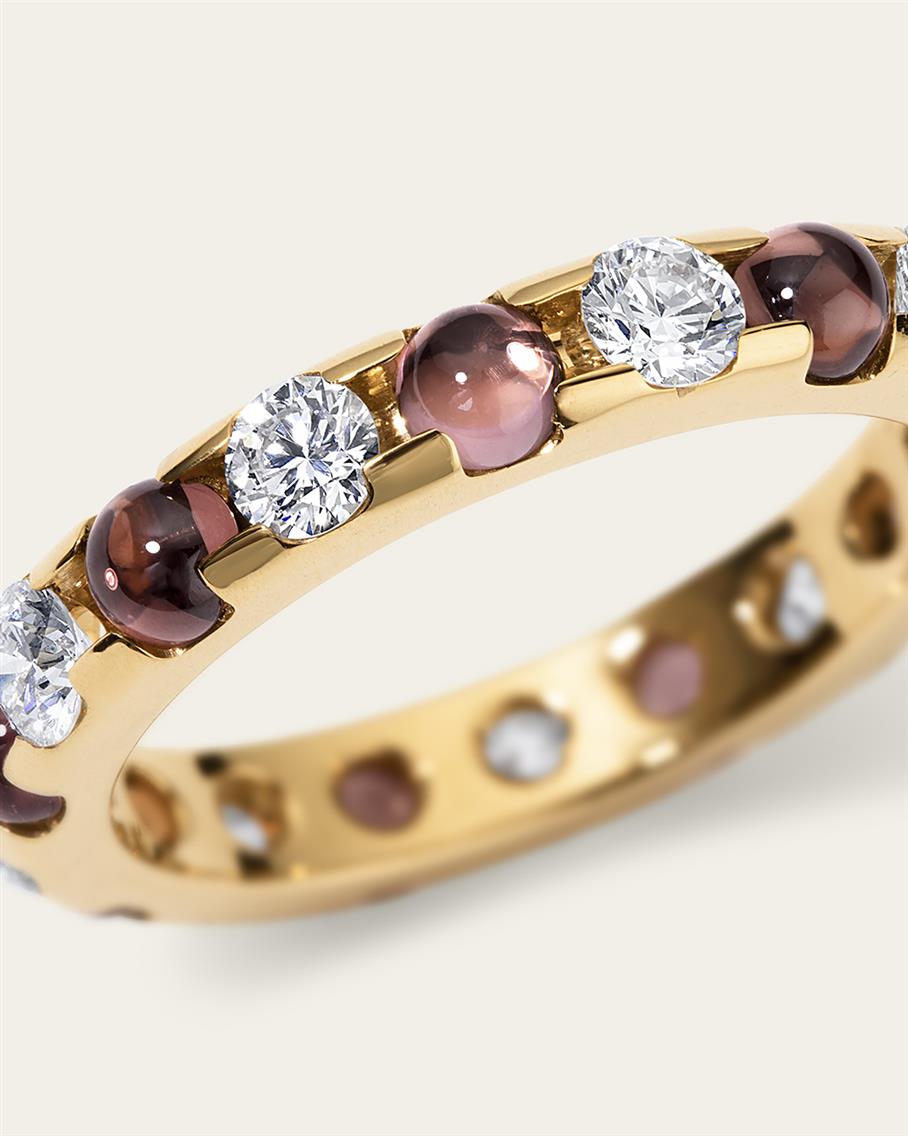

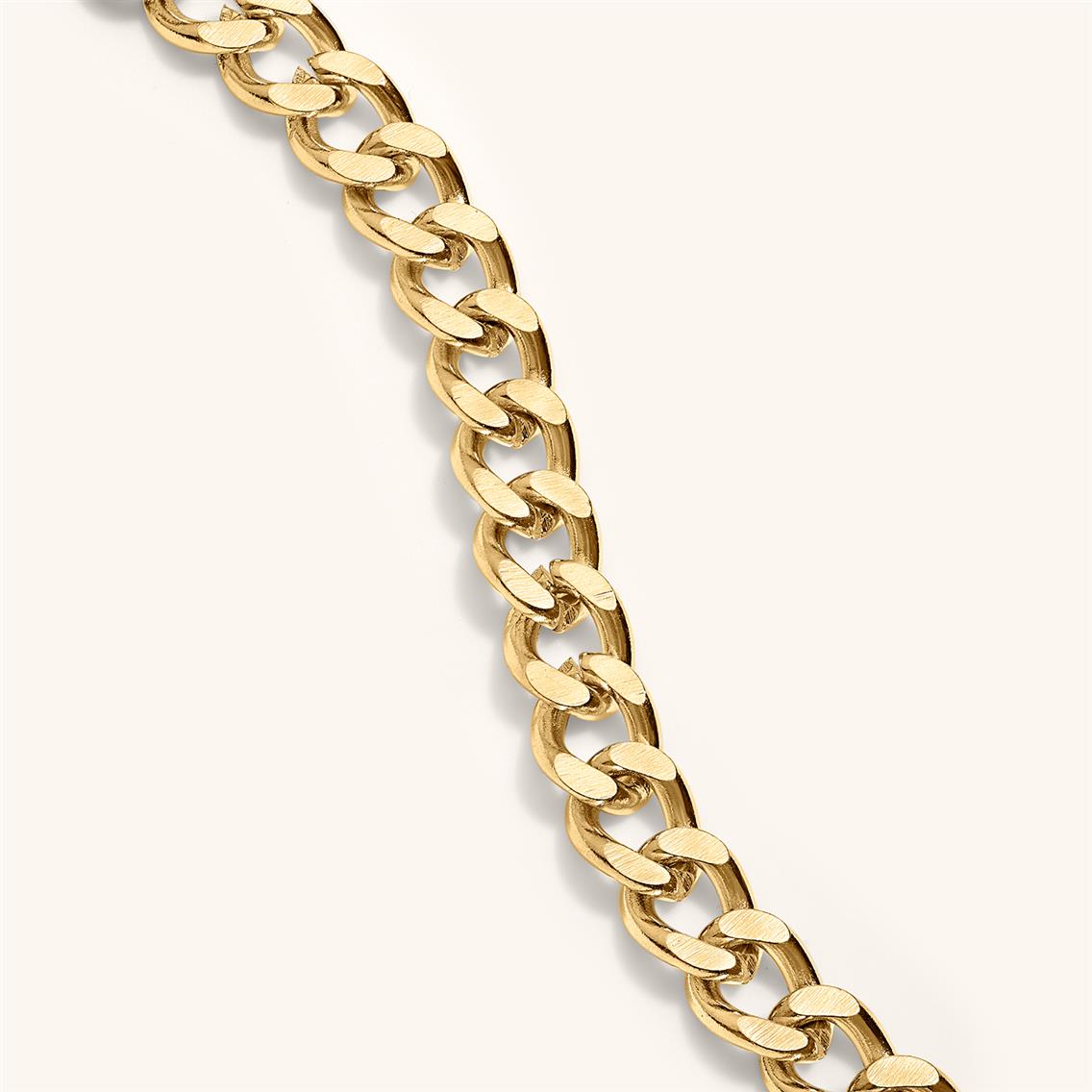
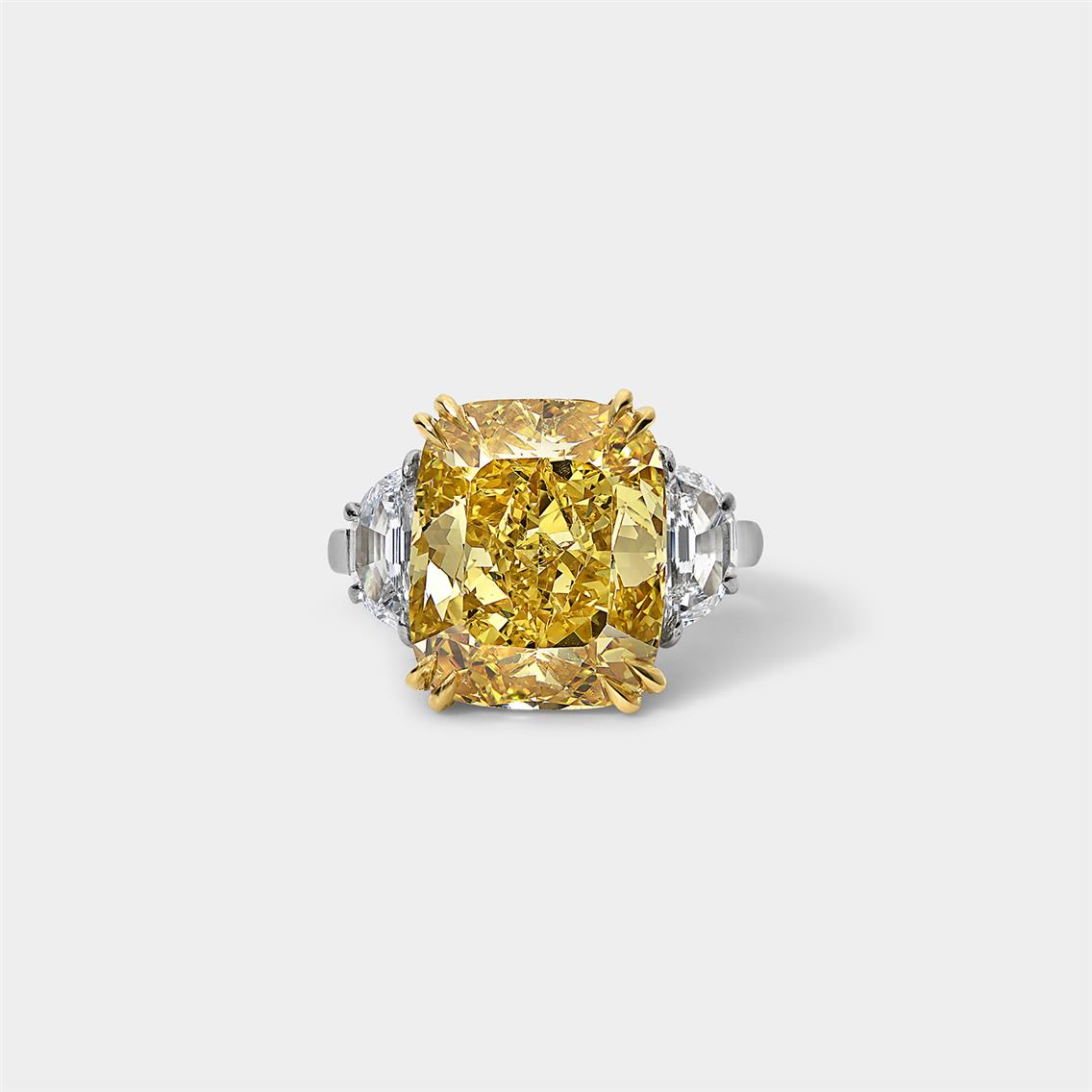
3.Invisible Props & Floating Products Photography
Making the impossible look effortless is a visual trend. Like a serum bottle standing perfectly upright or a sneaker levitating mid-air, all on a seamless background.
These illusions are crafted with invisible props: monofilament lines, acrylic risers, wire supports, even clamps masked out in post. The result is clean, eye-catching geometry that still feels grounded in the product’s real-world use.
Why clients love it:
Floating or elevated positioning adds visual hierarchy and drama without cluttering the frame. It subtly says, “This product stands out.”
Photographer insight:
The trick is nailing angles and alignment in-camera, not fixing it later. But no matter how carefully the props are hidden, there’s always clean-up work needed, especially if you’re batch-producing assets across dozens of items.
4.Product Stacking, Layering, and Group Product Photo
Even within the minimalist boundaries of product-only photography, brands are leaning into styling, stacking, layering, and aligning products with precision. These shots are still clean and seamless, but they play with balance and repetition to create visual impact.
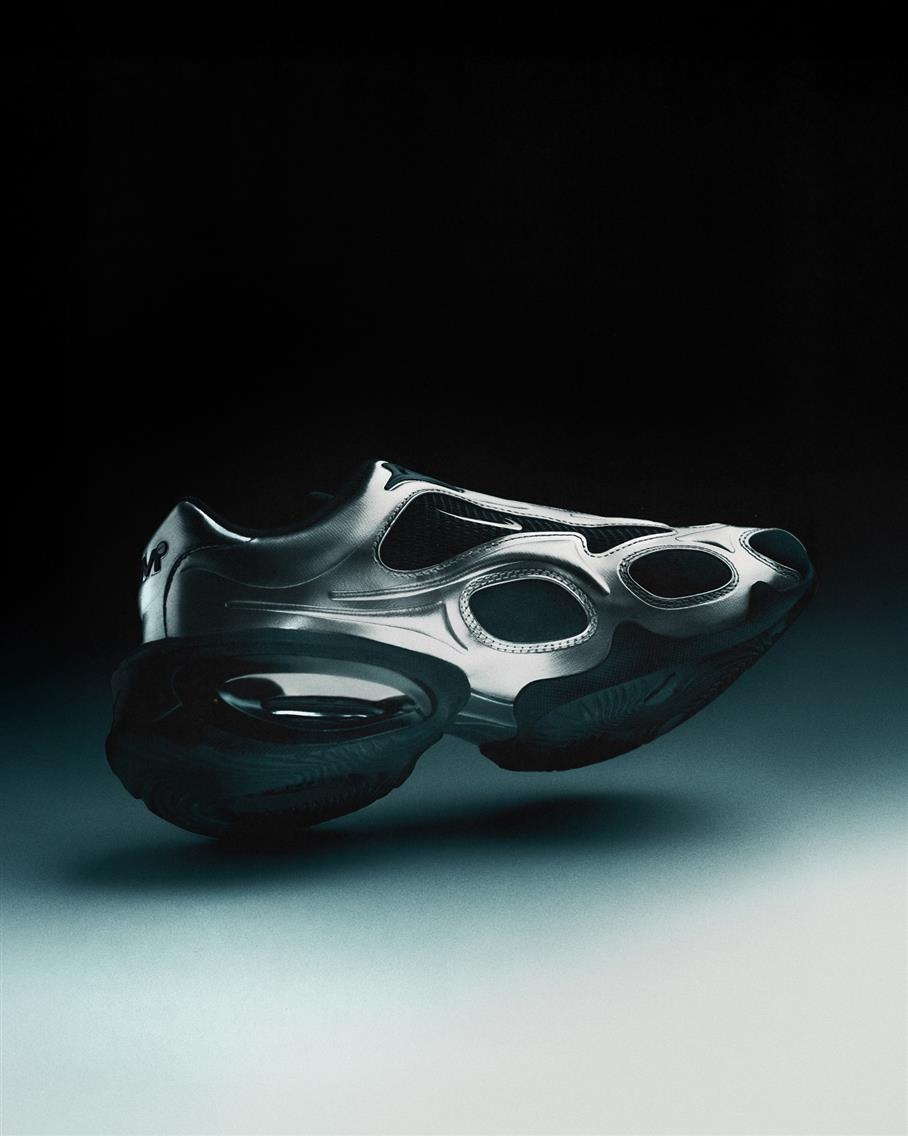
Why it works:
Symmetry, negative space, and rhythm guide the viewer’s eye. A row of identical tubes, a pyramid of boxes, or a mirrored set of bottles tells a story of consistency, scale, and intention.
Popular executions:
- Stacked skincare jars to highlight size variation
- Diagonal arrangements of pens or pencils for movement
- Grid layouts of tech accessories for a modular feel
What it requires from photographers:
Perfect alignment, identical lighting across items, and a good sense of spatial awareness. Group shots often reveal issues not obvious in single-SKU photos, like inconsistent labeling angles, color mismatches, or uneven shadows.
5.AI Tools, Batch Workflows & the Human Eye in Product Photo
Automation helps, but taste still wins. The rise of AI in post-production has transformed product-only photography. Background removal, batch cropping, and masking tools powered by machine learning are faster and more accessible than ever. Many studios are adopting these to streamline bulk shoots, especially for high-volume catalog work.
But automation is discernible now. Photographers who thrive now are those who know when to trust the algorithm and when to step in. Automated clipping might save time on plain bottles, but ruins the complex shape of a luxury watch. Auto-alignment might speed up flat lays but throw off visual rhythm in grouped shots.
Smart workflows combine:
- AI-assisted selection tools (for speed)
- Custom batch actions (for consistency)
- Human-led decisions (for quality control and visual nuance)
As the pressure to deliver fast grows, especially with large SKU counts or frequent product drops, efficient workflows are essential. But what clients remember is polish — and that still comes down to your eye.
Related read: AI Product Photo Editing for eCommerce
6.Vertical Formats and Multi-Platform Photography Crops
Product photography used to be strictly optimized for desktop storefronts or catalog grids. But in today’s multi-platform environment, where mobile-first design dominates and social commerce is surging, vertical formats are becoming the default.
Clients are now requesting deliverables in multiple aspect ratios like 1:1, 4:5, 9:16, even for product shots. They’re building shopping experiences across websites, Instagram Shops, TikTok Shop, and Pinterest, and expect the visuals to adapt seamlessly across all channels.
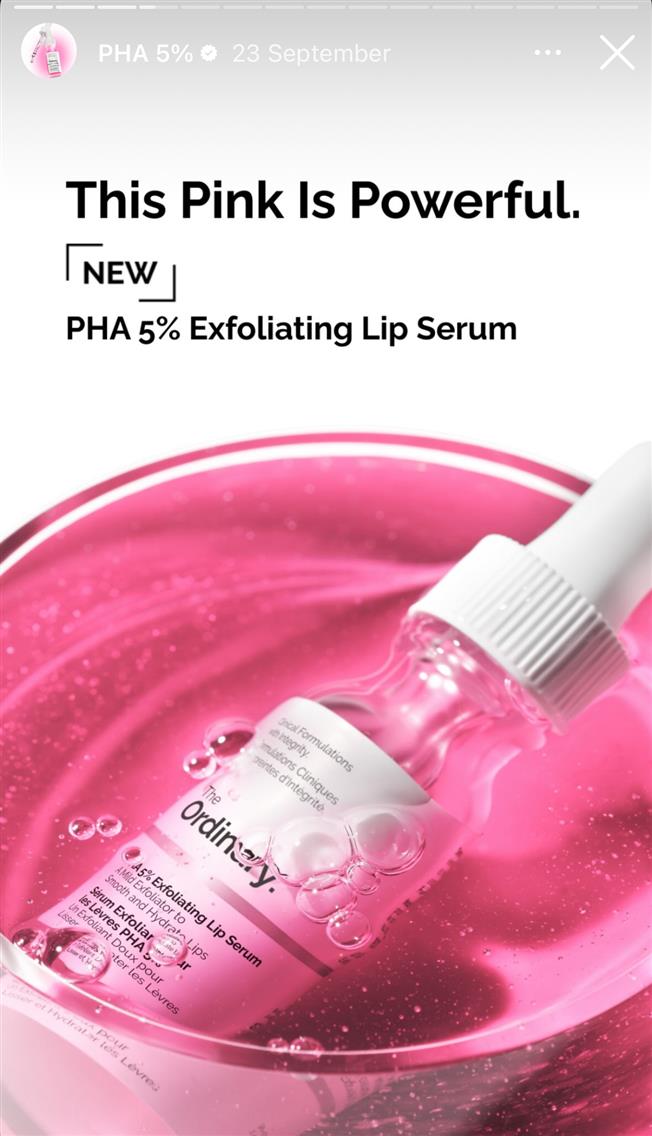
What this means for your shoots:
You’ll need to compose wider to allow vertical-safe zones. Modern brands demand not to centre the product crop only. They also need to leave intentional negative space for text overlays, cropped thumbnails, and platform-specific UI.
Best practices include:
- Framing loosely for crop flexibility
- Maintaining even lighting edge-to-edge for cleaner vertical crops
- Building templates for multi-format exports to stay consistent
Minimal doesn’t mean agile. And agile is what scales across platforms.
Product Photography Is Evolving, Are You Keeping Up?
Even in its most minimal form, product-only photography is getting sharper, smarter, and more strategic. The expectations are higher: brands want lighting that respects their materials, crops that fit every platform, color that’s consistent across entire collections, and compositions that feel simple but sell hard.
And as a photographer, you’re expected to deliver all of that at scale, on-brand, and under deadline. That’s why the product photographers don’t need to do it all alone.
Outsourcing retouching is a smart solution for efficiently meeting these rising demands. It allows photographers to focus on capturing the perfect shot while experts handle fine-tuning details like color correction, skin smoothing, and background cleanup. This division of labor ensures consistency across large collections and quick turnaround times without sacrificing quality.





